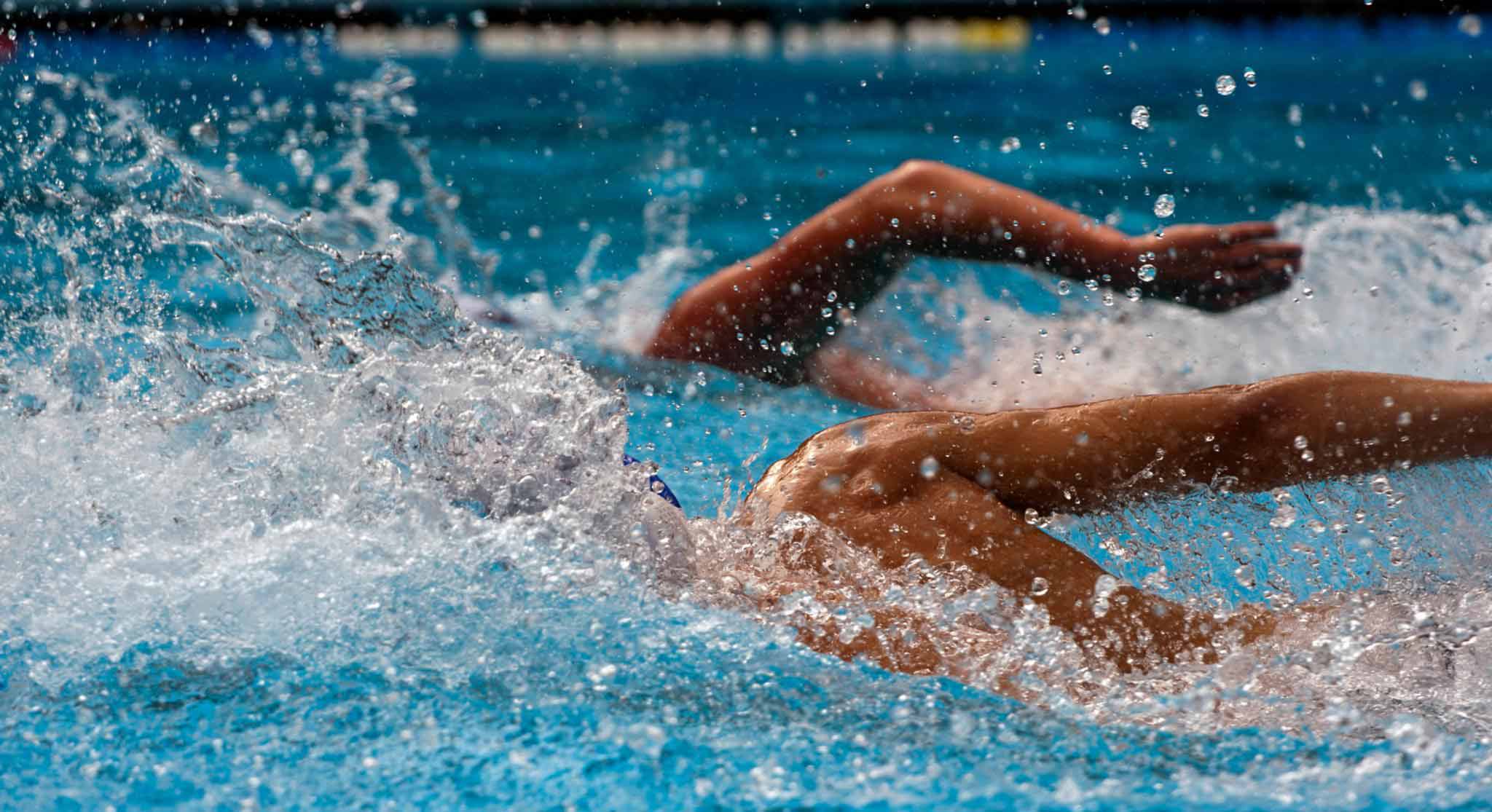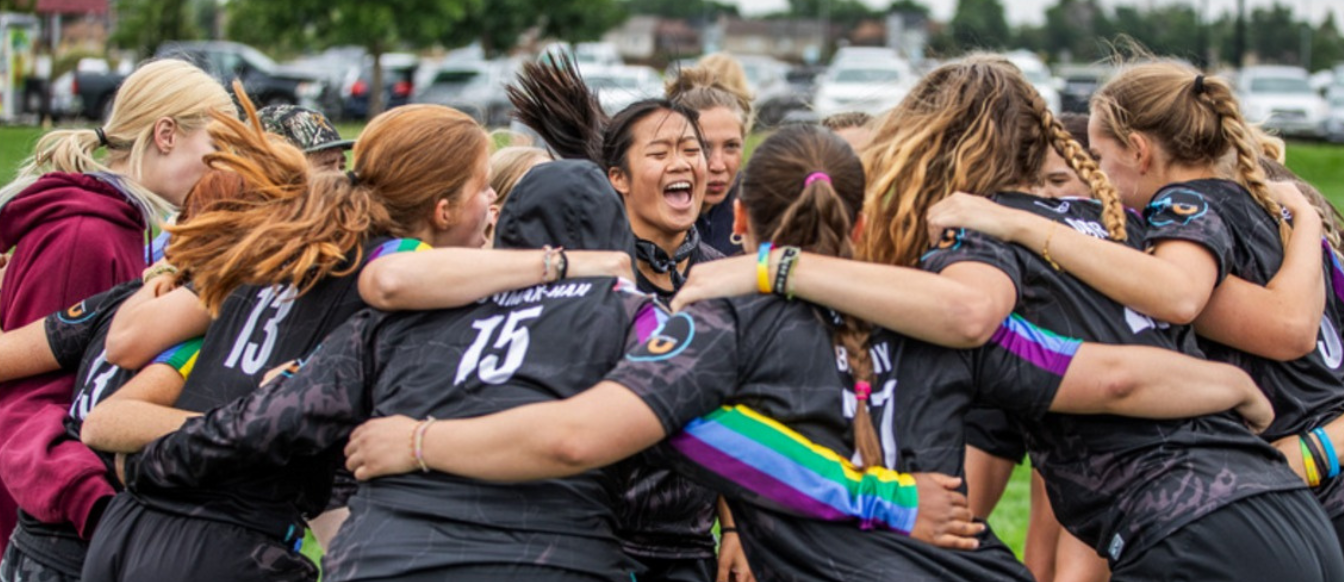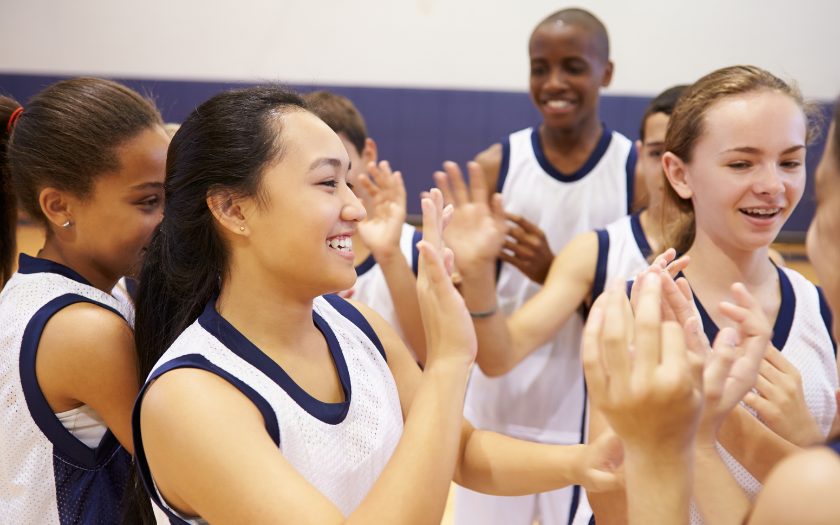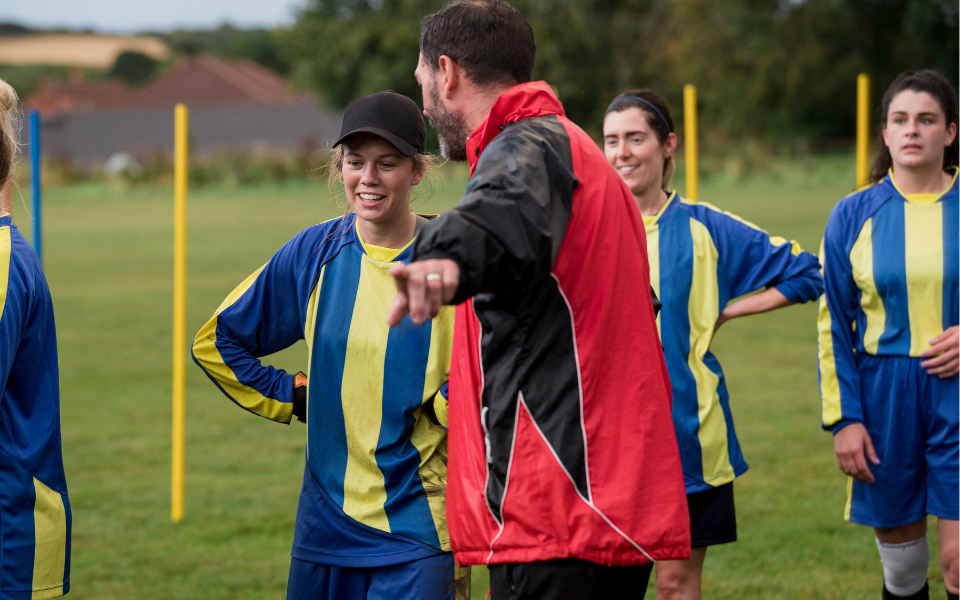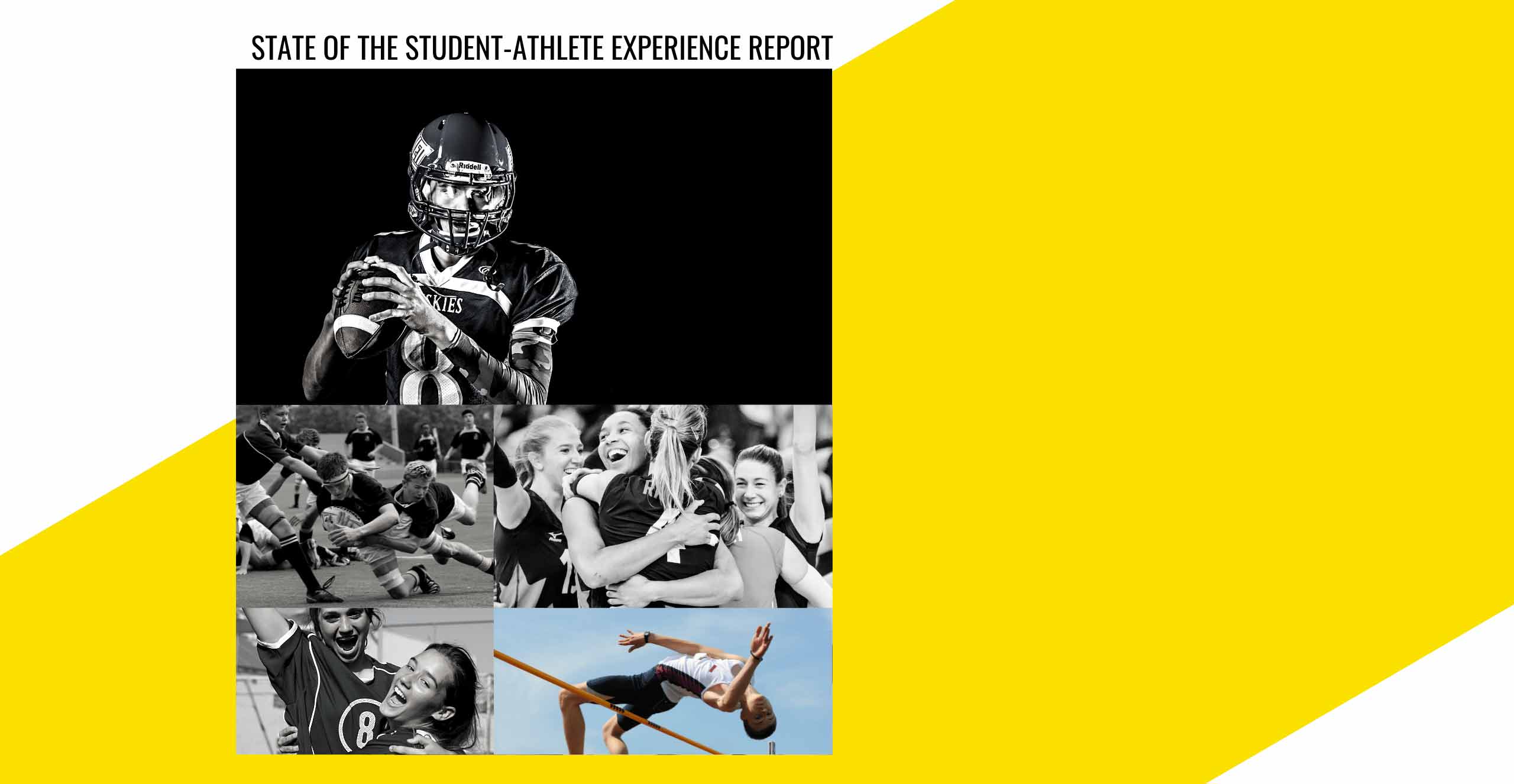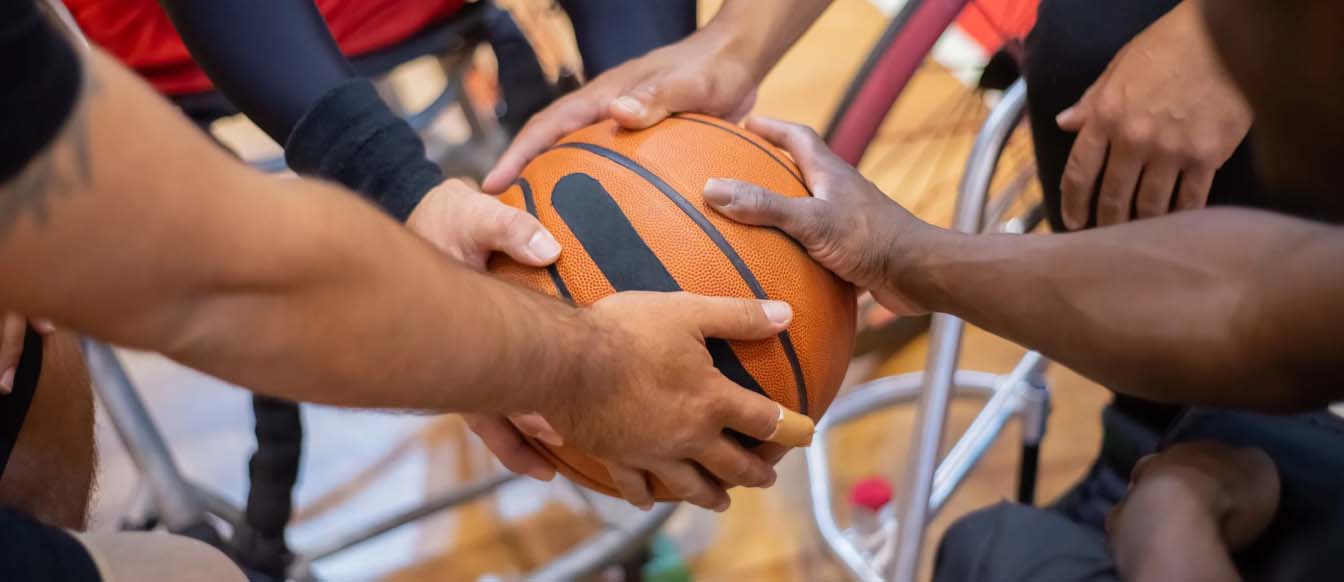There is an uptick of research around Gender and Sports at levels not seen since the 1990s. One reason for this is simple. Since the passage of Title IX, three million more female athletes play high school sports– and women make up 44% of all NCAA athletes.[1] Awesome! Even more encouraging is that the National Federation of State High School Association and the National Collegiate Athletic Association are also producing reports around gender and sports. We feel there’s still work to be done. Why? The bulk of the literature on gender and sports primarily focuses on collegiate athletes where only 25% of NCAA head coaching and athletic director positions are held by females. Comparatively, research on club and high school sports remain understudied. Just 66% of young females participate at the club and high school levels compared to 81% for males.[2] We applaud any effort that moves the meter from viewing female athletes as novelties to one that places them as the true powerhouses that they are.
We gathered feedback from 4,587 student-athletes and 245 coaches, spanning 32 schools from coast to coast. The early takeaways showed the challenges facing female student-athletes and coaches. The results tell us we’re on the right path and produced some fascinating insights. First and foremost, female leaders are profoundly underrepresented in the coaching ranks at the high school level. Yet, despite the disparity, here are some numbers to consider:
- 7% more student-athletes said female coaches are easier to talk to than male coaches.
- 5% more student-athletes said male coaches hold them more accountable than female coaches.
- 29% represents the lowest percentage of coaches to athletes by gender (female athletes to female coaches).
Sports are in our collective DNA. We live it, breathe, know it, and love it.
In our first ever Gender & Sports Report you’ll learn:
- How gender dynamics of coaches and athletes impact coaching outcomes
- Insights on performance around gender
- Gender and leadership
STUDENT-ATHLETES, COACHES, AND GENDER
Data is powerful because it can provide a deeper understanding of our impact as coaches and leaders on the student-athlete experience. But perhaps more importantly, it can give us a starting place to talk about and understand our lived experiences.
This report, though driven by data, is an inspired effort to encourage conversations amongst all those who are working to shape a better future for our student-athletes. We hope it compels thoughtful reflections on topics you may not have considered. And hopefully, illicit opportunities and pathways for growth.
Our data suggests that the gender dynamic (the combination of the coach’s gender and the gender of the student-athlete) can influence and shape a student-athlete’s experience. This is not to suggest that one dynamic is preferable over the other. Rather, this is a point for personal reflections and deeper conversations amongst leaders and coaches.
GENDER DYNAMICS: THE WIN, THE LOSS, AND THE FIXABLE
Based on our Coaching Effect Survey submissions, we discovered that the student-athlete data set was comprised equally of males and females. This indicates that male participation in sporting endeavors is no longer dominating our culture. Females are now participating at similar levels. This is a major win!
However, our research team does see differences in the proportion of male coaches and female coaches leading their teams. Simply put, while participation rates by gender are similar among student-athletes, leadership rates are not. This is a major loss.
Student-athletes need diverse experiences in order to grow as both a player and a person. An easy way to provide that is to give them ample opportunities to be coached and mentored by more talented female role models. The reasons for this disparity and how it could be balanced is important for schools and teams to discuss, explore, and challenge.
Our data indicate that, while similar, female student-athletes report significantly lower satisfaction with their overall student-athlete experience at their school. While disappointing, this is very much a fixable circumstance – but it requires a committed effort by decision makers and school administrators to ensure all perspectives are represented in team sports.
The role of gender and the future landscape of youth sports is not pre-determined. By using data and feedback from the athletes themselves, we can break down the legacy barriers and walls that have stood like outdated impediments to sports progress. With buy-in from coaches, teachers, athletic directors, club directors, and even college coaches, we can work collectively to create an enriching sports experience for all student-athletes.
Download the report to learn more!
[1] National Federation of State High School Associations; NCAA Sports Sponsorship and Participation Report, 1971-72 and 2020- 21. https://www.ncaa.org/news/2022/6/23/media-center-title-ix-report-shows-gains-in-female-participation-though-rates-lag-increases-by-men.aspx
[2] Zarrett, N., Veliz, P., & Sabo, D. (2018). Teen Sport in America: Why Participation Matters. Women’s Sports Foundation.
